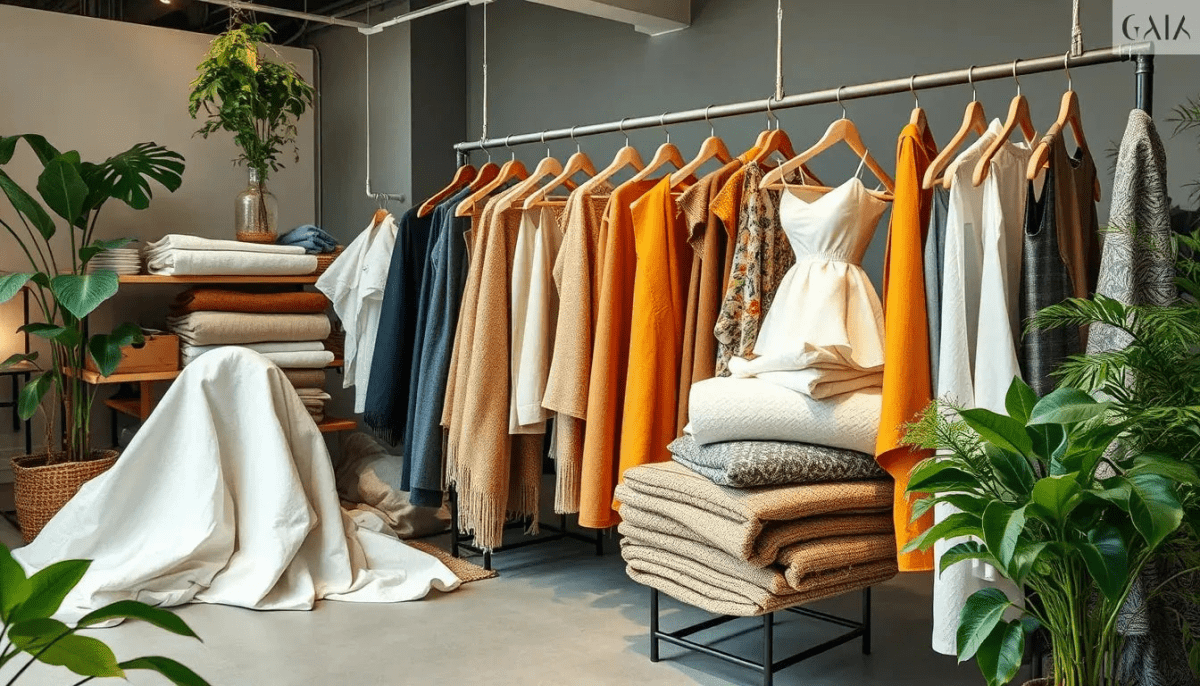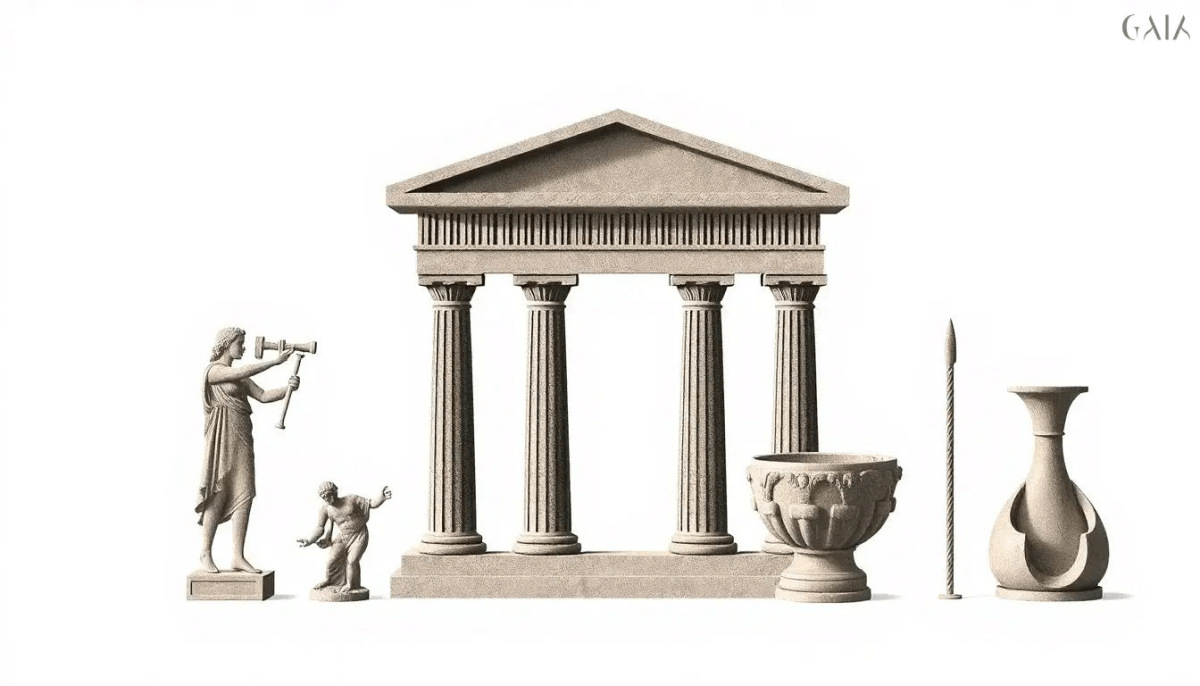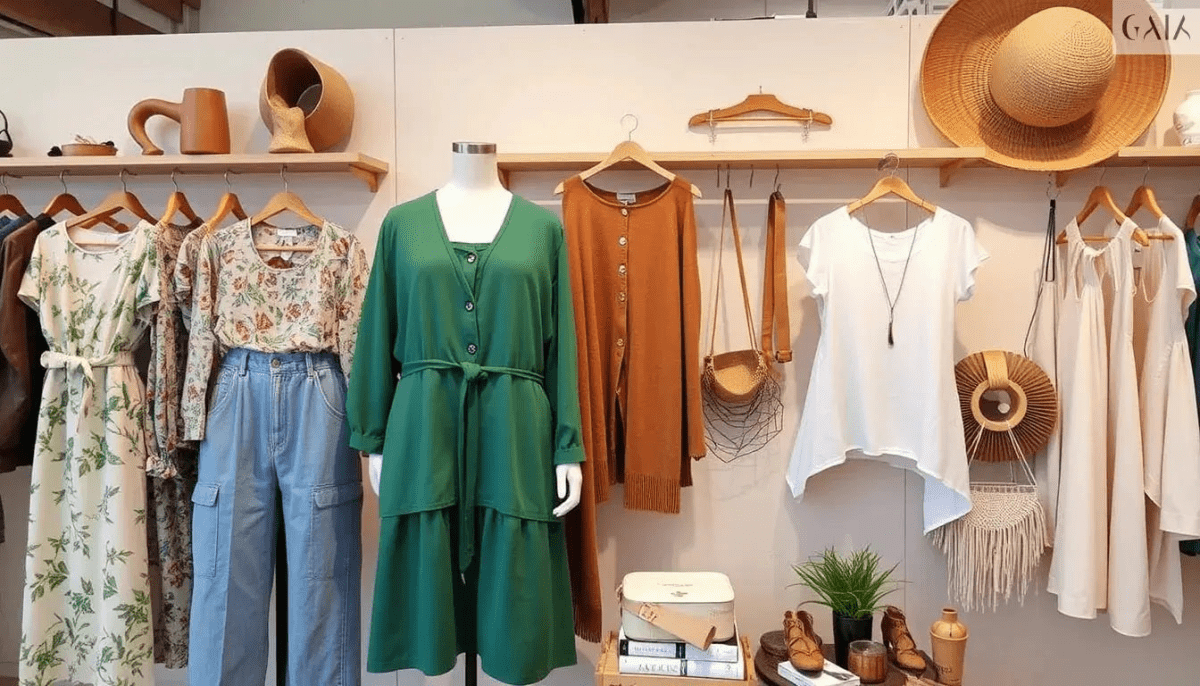
The Future of Sustainable Fashion: Eco-Friendly Trends and Practices
The Rise of Sustainable Fashion
Sustainable fashion is a rapidly growing movement within the industry, fueled by a heightened awareness of environmental issues and a shift towards more ethical and eco-conscious consumer behavior. This paradigm shift has prompted designers and brands to reevaluate their practices and adopt sustainable approaches to reduce their carbon footprint and promote a more sustainable future.
Eco-Friendly Materials
Central to the ethos of sustainable fashion is the use of eco-friendly materials that have a minimal impact on the environment. From organic cotton and hemp to recycled fabrics and innovative materials derived from natural sources, the fashion industry is exploring a diverse range of sustainable alternatives to traditional textiles. By embracing these eco-friendly materials, fashion brands can significantly reduce their environmental footprint and contribute to a more sustainable supply chain.
Zero-Waste Design
Zero-waste design is a design philosophy that aims to minimize textile waste during the production process. By creating patterns and garments in a way that maximizes the use of fabric and minimizes leftover scraps, designers can significantly reduce the amount of textile waste generated. This sustainable approach to design not only helps to conserve resources but also encourages creativity and innovation in fashion production.
Slow Fashion Movement
The slow fashion movement is a response to the fast-paced and disposable nature of the fashion industry. By promoting mindful consumption and emphasizing the importance of quality over quantity, slow fashion encourages consumers to invest in timeless pieces that are made to last. This shift towards a more sustainable and conscious approach to fashion consumption is crucial for reducing waste and promoting a more ethical and sustainable fashion industry.
Upcycling and Circular Fashion
Upcycling and circular fashion are innovative approaches to sustainable fashion that focus on repurposing existing materials and creating a closed-loop system for fashion production. Upcycling involves transforming old or discarded garments into new and stylish pieces, giving new life to materials that would otherwise end up in landfills. Circular fashion, on the other hand, aims to create a sustainable and regenerative system where materials are recycled and reused, reducing the demand for new resources and minimizing waste throughout the production cycle.
Conclusion
The future of sustainable fashion is bright, as more designers, brands, and consumers embrace eco-friendly trends and practices that prioritize environmental conservation and ethical production. By supporting sustainable fashion initiatives and choosing to invest in eco-conscious brands, we can all play a role in shaping a more sustainable and responsible fashion industry for the future generations to come.


